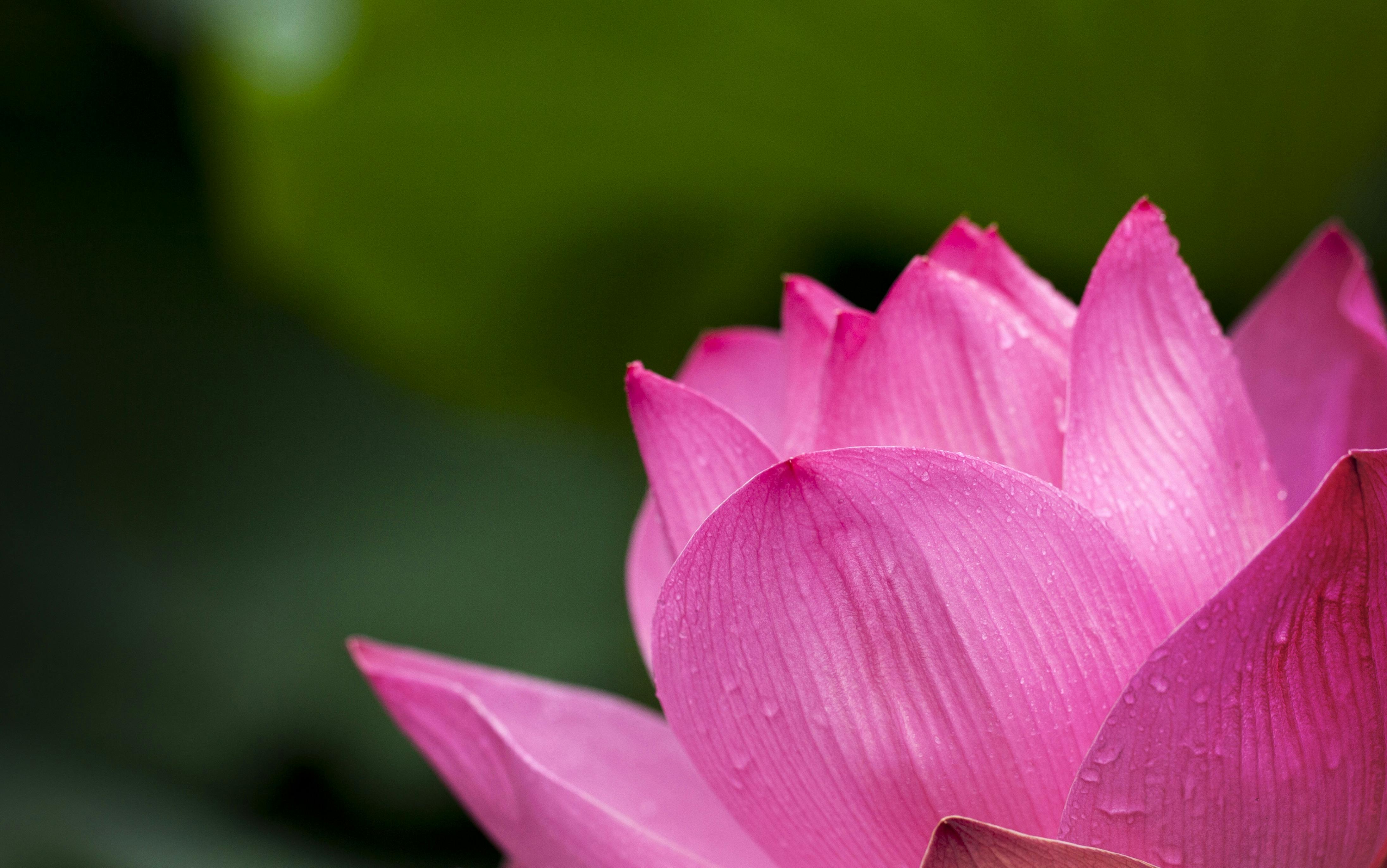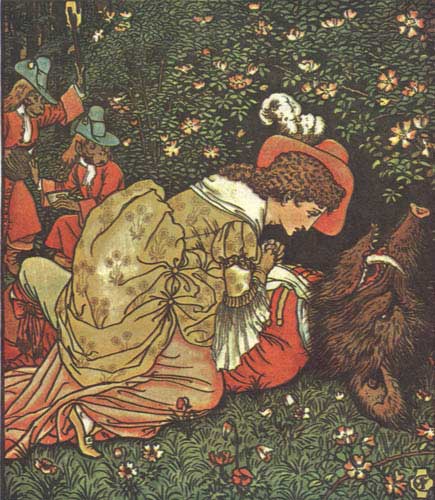After reading the future planning page, I honestly really liked the review weeks to planning weeks and the thematic reading unit options. I began the semester thinking that I would be able to work a lot on my page and storybook throughout the week and ended up dedicating more time on Sundays and Mondays. This way, I was able to hit both the tail end of the previous week and the beginning of the next week. However, that is something that I realized as I progressed through the semester. So, I think that having a planning week would have been helpful in order to create my own deadlines for the future. Creating both a time management schedule and having a planning week would be a great option for some students. I think that the current set up of the class is great and it worked well for me but I could definitely see other students benefiting from a planning week. The other idea I liked on the planning page was the thematic unit option. When we had to start the free reading option, I know I spent a lot of time just trying to figure out what to read. Although there were many categories to choose from, I think it would have been neat to have had some themes in order to focus my options. It also allows for students to explore readings that they would not have previously thought of. Overall, however, I liked the way this class was set up and I'm so glad that I took it!
Sunday, April 30, 2017
Tuesday, April 25, 2017
Reading Notes: Kumbhakarna
Sleeping Moon (Wikipedia Commons)
I think after eating and traveling, my next favorite thing in the world is sleeping. So, I connect with Kumbhakarna and his natural inclination to want to sleep (even though he is rakshasa, Ravana's brother, and eats people) due to the boon that he was granted. In fact, from the time I was a child to this day, my family calls me Kumbhakarni, or a female version of Kumbhakarna, because I like to sleep a lot. However, that's about the only similarity I have with the beast. Reading about Kumbhakarna is interesting because he is depicted to be a character of good traits and a generally nice person (rakshasa?) until you read about his tendency to kill and eat people. It's honestly such a stark contrast. Reading the Amar Chitra Katha and the Wikipedia page makes me wonder what a Kumbhakarna dream would be like, since he sleeps for months on end. I think it would be interesting to write a story about that since it would be a very long and drawn out sleep.
Bibliography:
- Amar Chitra Katha, Kumbhakarna: The Sleeping Giant
- Kumbhakarna
Monday, April 24, 2017
Reading Notes: Hanuman to the Rescue

Hanuman (Wikipedia Commons)
I don't know if I have actually ever mentioned this but Hanuman is probably one of my most favorite of the Hindu Gods. He personifies a kind and giving nature, but there is just that subtle hint of mischievousness about him. I think that the cover of this comic book even helps to explain that mischievous side of him because of his facial expression. I think that this comic also does a great job of describing Hanuman since he goes to find Vishalya Karani herb for Lakshmana because he cares about Rama and Lakshmana immensely. Since he does not have time to actually go looking for the herb, he ends up picking up the entire mountain. Later on, since Surya is under the control of Ravana and has to speed up the day, Hanuman literally steals the sun so that the day doesn't end. I've heard this story many times and every time I am amused. The last additional reading is by far one of my favorite stories of all time because it is something that I would have probably imagined as a child. Mangoes are my favorite fruit and I could probably eat mangoes forever. Hanuman mistakenly eats the sun thinking its a mango and creates utter chaos on earth. I absolutely love reading Hanuman stories and enjoy that they often have morals of kindness, humour, and courage.
Bibliography: Amar Chitra Katha, Hanuman to the Rescue
Tech Tip: Blogger YouTube
This is one of my most favorite chef's ever. He is really entertaining to watch and his food is literally phenomenal.
Bibliography: Gennaro Contaldo
Reading Notes, Part B: Narayan

Lotus (Pexels)
I think the lotus is representative of this video because of the references to both Brahma and the cycle of life and death. As mentioned in the video, in Hinduism, death isn't viewed in an end-all-be-all type mindset. Life and death is a constant cycle. While the physical manifestation of life and death is personified within a person's body, it is the soul that eventually lives on. As stated in the video, "the soul whose sleep leads to destruction and whose awakening leads to creation." I think the lotus is a great personification of this idea of a manifestation of a person in more ways than one. A person's soul is one that takes some work to realize and you have to peel away at the layers to get to that point. In that way, the lotus also signifies that there is beauty in all aspects of the flower, similar to a person. However, when bringing it back to the idea of life and death, it is that beauty of life that one must go through (symbolized by the multiple petals) to get to the heart and soul of it all. When at that point, the soul is free-flowing. Tying it all back to Brahma and Vishnu, Brahma is known as the creator and he resides on a lotus flower. Vishnu is the one to control the idea of "What Dies is Always Reborn," the notion that is present with the cycle of life and death.
Bibliography: Devdutt Pattanaik, Part B: Narayan
Thursday, April 20, 2017
Week 13 Story Planning: Beauty and the Beast (with a Twist)
The inspiration for this story came from the Wikipedia Trails post that I created a couple weeks ago. I wanted to continue on that by making a story in which there was a re-telling of Beauty and the Beast but with an Indian Epics twist. The approach I decided to take was Sita as Belle (Beauty) and Rama as the Beast. However, instead of Sita being held hostage by Rama, she stubmles upon his castle while running away from Ravana. The main antagonist of this story would be Ravana and he is the one that casts a spell over Rama's kingdom, turning everyone in the castle into objects and Rama into a Beast, as Ravana and Rama are mortal enemies. When Sita is trying to run away from Ravana, she stumbles upon Rama's castle and meets him. However, due to the spell, Rama is isolated from the rest of his kingdom and has lost his humanity. This is where the rose comes into play because Ravana curses Rama by saying that he will stay a beast until he finds true love. When Sita shows up at the castle, it is like a complete gift to Rama and he begins to regain his humanity. The conclusion of the story would probably be that Rama turns into a human again and has an epic battle with Ravana. At the very end, the gods appear and commend Rama for his heroism and applaud him for defeating Ravana.
Bibliography: Beauty and the Beast Movie
Bibliography: Beauty and the Beast Movie
Sunday, April 9, 2017
Wikipedia Trails: Beauty and the Beast to Christ Church College

Flickr (Beauty and the Beast)
Thursday, April 6, 2017
Week 11 Story Planning: The Three Friends

I definitely grew up hearing the story of Ganesha and Kartikeya racing all the time. While, as a child, the biggest thing that I got from that story was that parents are so vastly important, I do believe that the moral of the story is that the world can be viewed in a number of different perspectives. The way it is explained, however, makes a lot of sense. Some people view the world in a purely subjective, emotional, and intuitive fashion. Others view the world in an objective, rational, and logical way. However, I think that one of the strongest ways to view the world is by incorporating both elements to really gain an understanding of different perspectives. I think a great story for this would be to create a situation: a college decision, relationship, coping with a tragedy, etc. and then develop a story from two different perspectives and how each person would handle the situation. Specifically, I was thinking of a story in which three friends are attempting to confront a problem. One of the friends is very logical and thinks through things in an objective and rational way. One of the other friends is very subjective, emotional and intuitive in their thinking. Finally, the last friend is logical yet intuitive and objective, with a tinge of emotion when thinking. I think this would be an interesting story to write because it would require me to think out of the box. While I may think in one fashion, my perception of how another thinks would be different.
I think these videos do a great job of describing some of the Indian stories in a way that everyone can understand them. In that way, DP discusses the stories and how Hindus view the world told through the lens of these stories.
Bibliography: Devdutt Pattanaik, 7 Secrets from Hindu Calendar Art-Chapter 1 Ganesha's Secret
Wednesday, April 5, 2017
Reading Notes: Narayan's Secret

Wikipedia Commons (Narayana)
"Just as our world does not exist when we sleep, the whole universe does not exist when God is in deep slumber..."
I think this opening line from the video was pretty insightful. Obviously, people are unaware of their surroundings when they are asleep. Unless they are incredibly light sleepers, the likelihood of the average person knowing exactly what is happening around them while asleep is quite slim. I think it would be cool to write a story about someone that is asleep and having a vivid dream but then wakes up and lives their dream and has the ability to control it this time. It would feel like deja vu because of the dream but then the person would be able to control exactly what happens while awake. I think an interesting twist to add to this story would be that other people also have similar dreams so their destinies could be linked in a way. These intertwined stories would also be a way in which to incorporate mini-stories into the larger plotline.
Bibliography: Devdutt Pattanaik, Seven Secrets of Hindu Calendar Art: Chapter 2, Narayan's Secret
Monday, April 3, 2017
Reading Notes: Ganesha's Secret Video

Wikipedia Commons (Shiva, Parvati, Ganesha, Kartikeya)
I definitely grew up hearing the story of Ganesha and Kartikeya racing all the time. While, as a child, the biggest thing that I got from that story was that parents are so vastly important, I do believe that the moral of the story is that the world can be viewed in a number of different perspectives. The way it is explained, however, makes a lot of sense. Some people view the world in a purely subjective, emotional, and intuitive fashion. Others view the world in an objective, rational, and logical way. However, I think that one of the strongest ways to view the world is by incorporating both elements to really gain an understanding of different perspectives. I think a great story for this would be to create a situation: a college decision, relationship, coping with a tragedy, etc. and then develop a story from two different perspectives and how each person would handle the situation.
I think these videos do a great job of describing some of the Indian stories in a way that everyone can understand them. In that way, DP discusses the stories and how Hindus view the world told through the lens of these stories.
Bibliography: Devdutt Pattanaik, 7 Secrets from Hindu Calendar Art-Chapter 1 Ganesha's Secret
Week 10 Growth Mindset/Tech Tip Cheezburger
LOLBuilder (Dog Winking)
While I strongly believe that positivity is an important trait to have, it can often be difficult to be positive. This week, I thought that it would be fun to incorporate the Tech Tip with Growth Mindset to create an inspirational post. Often times, people get so caught up in their lives and forget that it is important to grow, to be positive, and just take some time to smile. This is especially important when thinking of growth beyond school. When we are in school, we essentially have a system guiding us through the process and there is usually help provided if necessary. But, I think once people start thinking of the future, they become scared. And that is exactly where positivity comes into play. It is easy to get caught up in one's life and forget that smiling is so incredibly important. I think that the power of the growth mindset, for me, comes from the fact that staying positive and knowing that it will be okay is so very important.
Subscribe to:
Posts (Atom)
